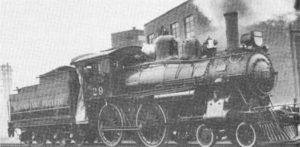Road Building in St. Clements
Historic photos of road building in the RM of St. Clements. Peter Karandiuk operating municipal equipment in 1937. Building Henderson Highway in the early 1900’s. Mike Yurkiw and Alvin Goodman Peters Road in 1946. Road construction in 1937 Art Boulton on Jackhammer Grading of St. Peter Road. St. Peter Road building m 1946. Grading St….
